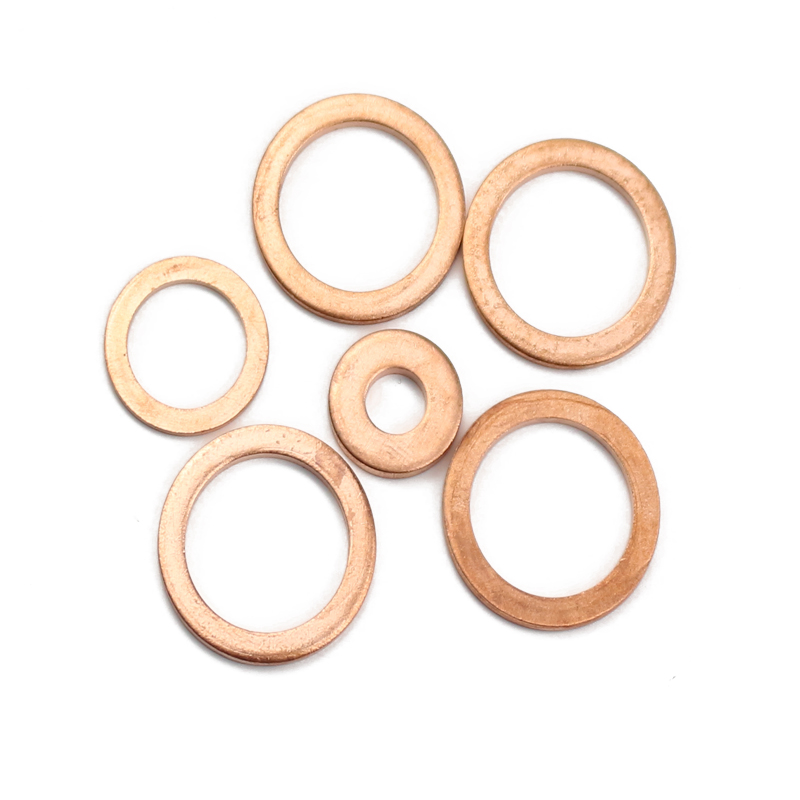Automatic Transmission Input Shaft Seal - High-Quality Replacement Parts
Understanding the Automatic Transmission Input Shaft Seal
The automatic transmission input shaft seal is a crucial component in a vehicle's transmission system, playing a vital role in maintaining fluid integrity and overall performance. This article will explore the purpose, function, common issues, and replacement of the automatic transmission input shaft seal.
Purpose and Function
The input shaft seal is designed to prevent transmission fluid from leaking out of the transmission housing. Located at the point where the input shaft enters the transmission, it serves multiple critical functions. Primarily, it creates a watertight barrier that keeps transmission fluid contained, ensuring that the transmission operates efficiently. By maintaining proper fluid levels, the input shaft seal helps facilitate effective gear shifting and lubrication of internal components, which are essential for smooth operation and longevity of the transmission system.
When the vehicle is in motion, the input shaft is subject to various forces, including rotational movement and pressure changes within the transmission. The seal must effectively manage these demands. It is typically made from durable materials like rubber or neoprene, which can withstand the high temperatures and pressures present in the transmission environment.
Common Issues
Despite its robust design, the input shaft seal can experience wear and tear over time. Several factors can contribute to seal failure, including
1. Age and Wear Like any component, the seal can deteriorate due to prolonged exposure to high temperatures and friction, leading to cracks or breaks. 2. Fluid Contamination Contaminants in the transmission fluid, such as dirt or metal shavings, can accelerate seal wear and compromise its effectiveness.
3. Improper Installation A poorly installed seal can lead to misalignment, causing premature failure or leaking.
automatic transmission input shaft seal

When the input shaft seal fails, noticeable symptoms may arise. These include transmission fluid leaks beneath the vehicle, erratic shifting, or even gear slipping. If left unaddressed, a failing seal can lead to more significant transmission issues, including potential transmission failure.
Replacement
Replacing the automatic transmission input shaft seal involves several steps and typically requires some level of mechanical knowledge. The process generally includes
1. Fluid Drainage The first step is draining the transmission fluid to prevent spillage when the seal is removed.
2. Transmission Disassembly Depending on the vehicle model, this may involve removing the drive shaft, starter, or other components to access the seal.
3. Seal Removal Using appropriate tools, the old seal is carefully removed, taking care not to damage surrounding components.
4. Installation of New Seal The new seal is then installed, ensuring it is positioned correctly and securely.
5. Reassembly After the new seal is in place, all components are reassembled, and the transmission fluid is replaced.
6. Testing Finally, the vehicle should be tested to ensure that the new seal is functioning correctly and that no leaks are present.
In conclusion, the automatic transmission input shaft seal is a small yet significant component that ensures the efficient operation of a vehicle's transmission. Regular maintenance checks can help identify issues early, preventing costly repairs. If any symptoms of seal failure arise, it's crucial to address them promptly to maintain the health of your transmission system.
-
Understanding the Importance of the Crankshaft Oil Seal in Engine Performance
News Jun.16,2025
-
The Unsung Heroes of Engine Protection: Understanding Automotive Shaft Seals and Oil Seals
News Jun.16,2025
-
Keeping the Engine Tight: The Role of Crankshaft Seals and Gaskets in Oil Control
News Jun.16,2025
-
Complete Protection in Harsh Conditions: A Deep Dive into Cassette Seals
News Jun.16,2025
-
Choosing the Right Oil Seal: A Guide to Trusted Brands and Suppliers
News Jun.16,2025
-
Advanced Sealing Technologies: Exploring the Range of Modern Oil Seals
News Jun.16,2025
-
Your Essential Guide to Car Repair Kits: From Rust to Dings
News Jun.13,2025
Products categories















